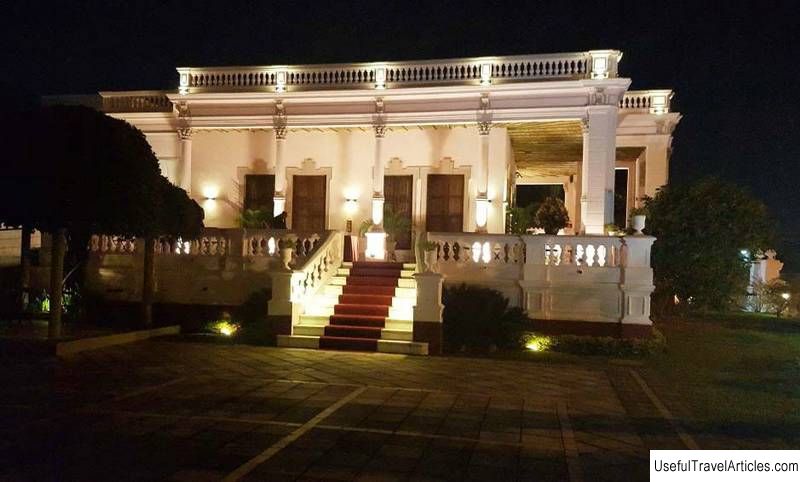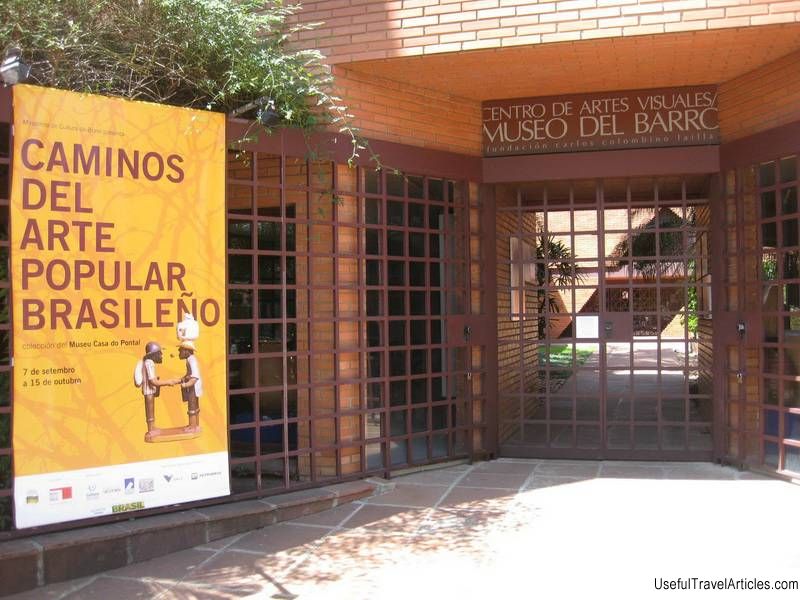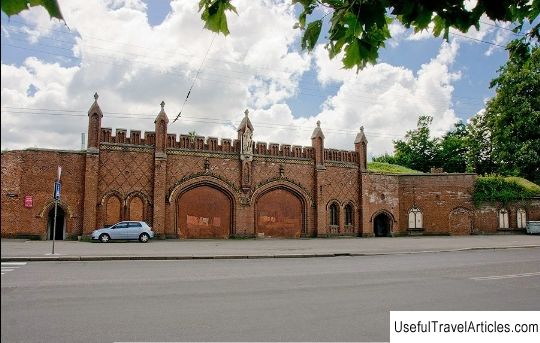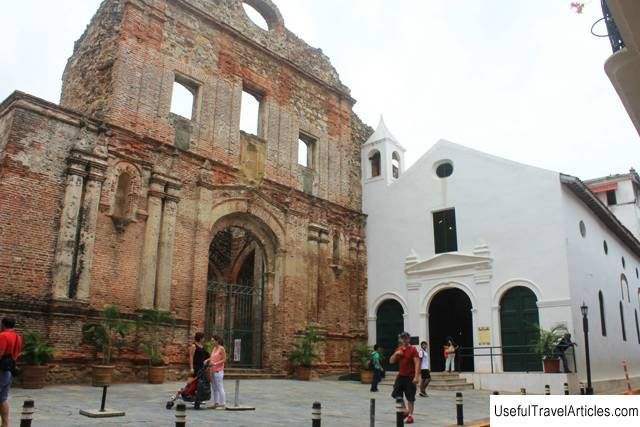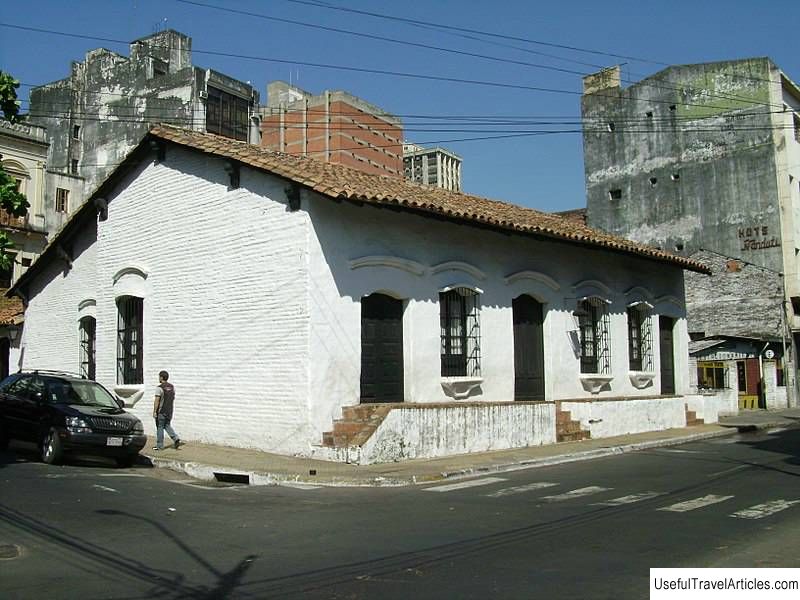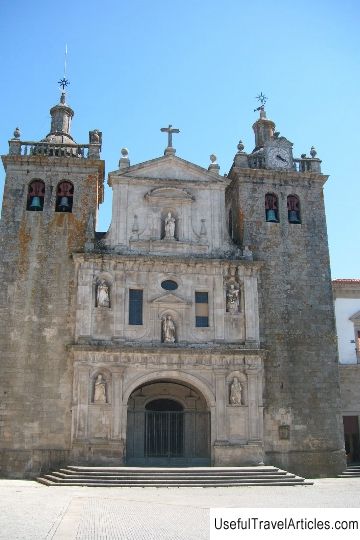Museum of Sacred Art (Museo de Arte Sacro) description and photos - Paraguay: Asuncion
Rating: 8,6/10 (384 votes) Museum of Sacred Art (Museo de Arte Sacro) description and photos - Paraguay: Asuncion. Detailed information about the attraction. Description, photographs and a map showing the nearest significant objects. The title in English is Museo de Arte Sacro. Photo & DescriptionThe Museum of Sacred Art, managed by the Nicolas Dario Laturrette Bo Foundation, is famous for its collection of religious Baroque sculpture. It is located in Villa Lina, a building dating from the early 20th century. Villa Lina is located at the intersection of streets Manuel Dominguez and Paraguari, at the top of Cerro Antequiera, one of the seven hills of Asuncion, just a few steps from the famous Antequiera stairs. The Museum of Sacred Art was opened on March 24, 2010. At the heart of his collection is a selection of 97 items from the Nicolas Dario Laturrette Bo Foundation. This private collection of Guarani Baroque sacred art is considered one of the largest and most significant in the world. The museum consists of 6 exhibition rooms, an auditorium, a cafeteria, books and souvenir shops, as well as an open terrace, where various cultural events are sometimes held. The treasures of the collection include the statue of St. Peter, a 17th century wooden sculpture by the brother of Jose Brasanelli, who is often referred to as the local Michelangelo. The image of the Virgin Mary, created from wood in the 18th century and kept in the collection of Dona Josephine Pla, is also of interest. In the courtyard of the museum, there is a white marble bathtub of Eliza Alicia Lynch, a friend of President Francisco Solano Lopez. In 2011, during the celebration of the bicentennial anniversary of the Independence of Paraguay, a time capsule was created in the museum, which should be opened exactly one hundred years later. It contains materials that tell about the traditions and crafts of Paraguay, which may disappear over time. The capsule also contains the seeds of trees typical of Paraguay.      We also recommend reading The Hobart Synagogue description and photos - Australia: Hobart (Tasmania) Topic: Museum of Sacred Art (Museo de Arte Sacro) description and photos - Paraguay: Asuncion. |
